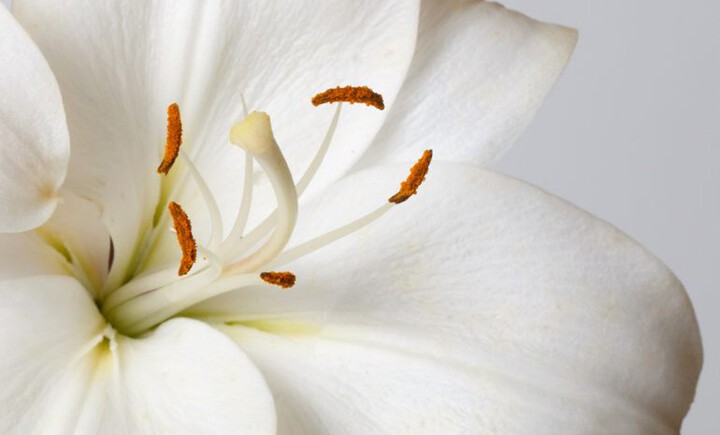
When it comes to choosing memorial flowers, there are certain factors to take into consideration. These include learning more about the types of memorial flowers available, as well as the etiquette and knowing the difference between memorial, funeral and sympathy blooms. This guide will detail the differences and all the important aspects that you need to consider if you’re looking to purchase memorial flowers.
Here we’ve listed eight of the most common flowers that are sent to a funeral, together with a description of what each bloom is symbolic of. You’ll want to consider the symbolism of blooms in order to convey the message you want.
·Roses – Love, Respect, Courage
·Lilies – Majesty
·Peace Lilies – Peace
·Orchid – I Will Always Love You
·Chrysanthemums – I Love You
·Hyacinth – You Are In My Prayers
·Hydrangea – Heartfelt Emotions
·Carnations – Fascination/Love
Why do we gift flowers at funerals?
In this day and age, it is the norm to go to a funeral service and witness a display of flowers, including everything from small, simple arrangements to over-the-top displays. Flowers have played a part in funeral services for many years, and there is even research that suggests funeral flowers were laid on graves more than 62,000 years ago!
Sympathy flowers or funeral flowers?
One of the most common questions people attending a funeral ask is ‘what is the difference between funeral flowers and sympathy flowers?’ Many believe that if you send flowers to those who have just lost someone, you are offering your sympathy and therefore every bouquet of blooms sent at this time is a sympathy flower. Although partly true, the real difference is in the arrangement, size and location they are sent to.
Sympathy flowers
Sympathy flowers come in the shape of smaller bouquets that are sent to the home of the bereaved as opposed to the funeral home. These bouquets are designed to allow you to express your sympathy and let the grieving family know you are there for them during this difficult time.
Timing is another important point to take into consideration. It’s imperative you send funeral flowers as soon as possible, as this gives the funeral home staff enough time to arrange them before the service takes place. Sympathy flowers, on the other hand, can be sent at any time, even months after the funeral has taken place. If sending them to the funeral home, first check with those arranging the service or the family as they may have a theme in mind.
Funeral flowers
Funeral blooms are traditionally selected by relatives or close friends of the family. Those who are close to the deceased are usually responsible for choosing these flowers as they’re aware of the deceased’s tastes and what kinds of blooms and hues they preferred. These arrangements can be viewed by anyone attending the funeral, regardless of where they are seated. Some of the common types of funeral arrangements include sprays and wreaths, both of which are used to add embellishment to the casket. Popular arrangements include large displays in the shape of a heart or cross.
What different flowers mean
Many people are often unaware of flower meanings and how they will be perceived by the family who has lost someone close to them. With this in mind, people will often go to the florist for advice. Alternatively, you can take the time to learn the meanings behind different blooms before making a purchase.
Different types of arrangements
Just as flowers each have their own meaning, it is important to understand the functions of various types of displays. Below we’ve listed some of the most prevalent funeral flower arrangements and their meanings.
Sprays
Sprays come in the shape of displays that are only viewed from one side. They are often designed to look like a cross or a heart and can include a range of colors as desired.
Casket sprays
Casket sprays are traditionally chosen by the deceased immediate family and are often used to embellish the casket, with the display being placed directly on top of it.
Wreaths
Wreaths come in the shape of circular floral displays. Many people believe that they are symbolic of eternal life.
Inside pieces
Inside pieces are slighter arrangements that are placed inside the casket next to the deceased. They are traditionally smaller sized floral sprays.
Bouquets
Bouquets are the most prevalent of all floral arrangements. They come in the shape of a group of blooms that are often placed in a basket or displayed in a vase.
Religious views on funeral flowers
While you may want to send a beautiful bouquet of blooms to express your sympathy, they are not always necessary. Some religions do not like to showcase flowers at the service. Instead, it’s traditional for the family to request that in lieu of sending flowers, you make a donation to the deceased’s favorite charity instead.
Although they’re not forbidden, traditional Jewish funerals tend to take place three days post-death, which is why it is not customary to send flowers to the service.
At a Buddhist funeral, it’s important to avoid red flowers and to choose white or yellow blooms instead.
The Islamic faith, on the other hand, does not refuse blooms, however, it’s normal to place individual blooms directly on the grave.
If you are unsure of whether you should send blooms, it’s a good idea to call the funeral home and enquire. The funeral director who is planning the service should be able to provide you with more information on this matter, and whether the family would like to include blooms from others at the service.